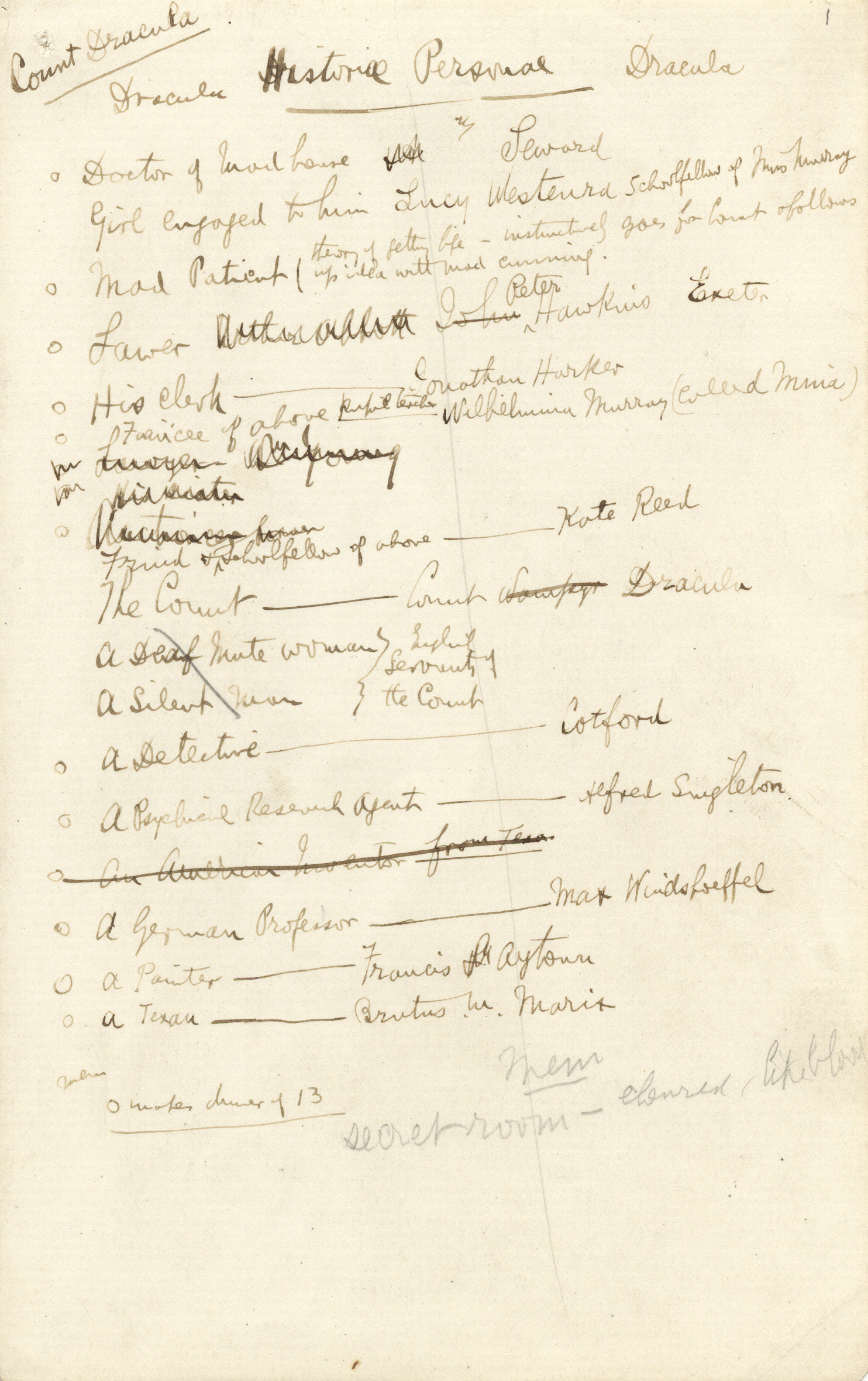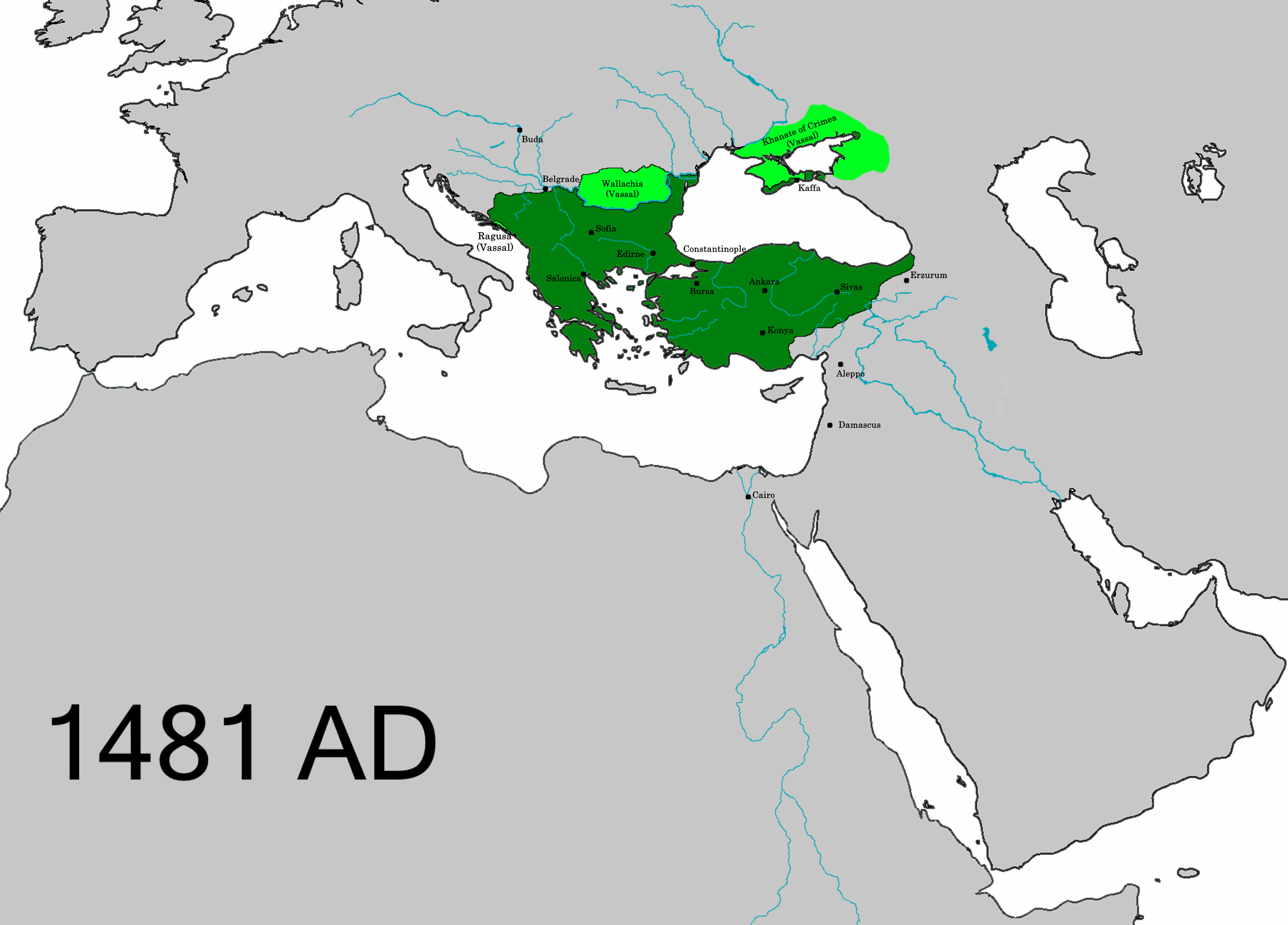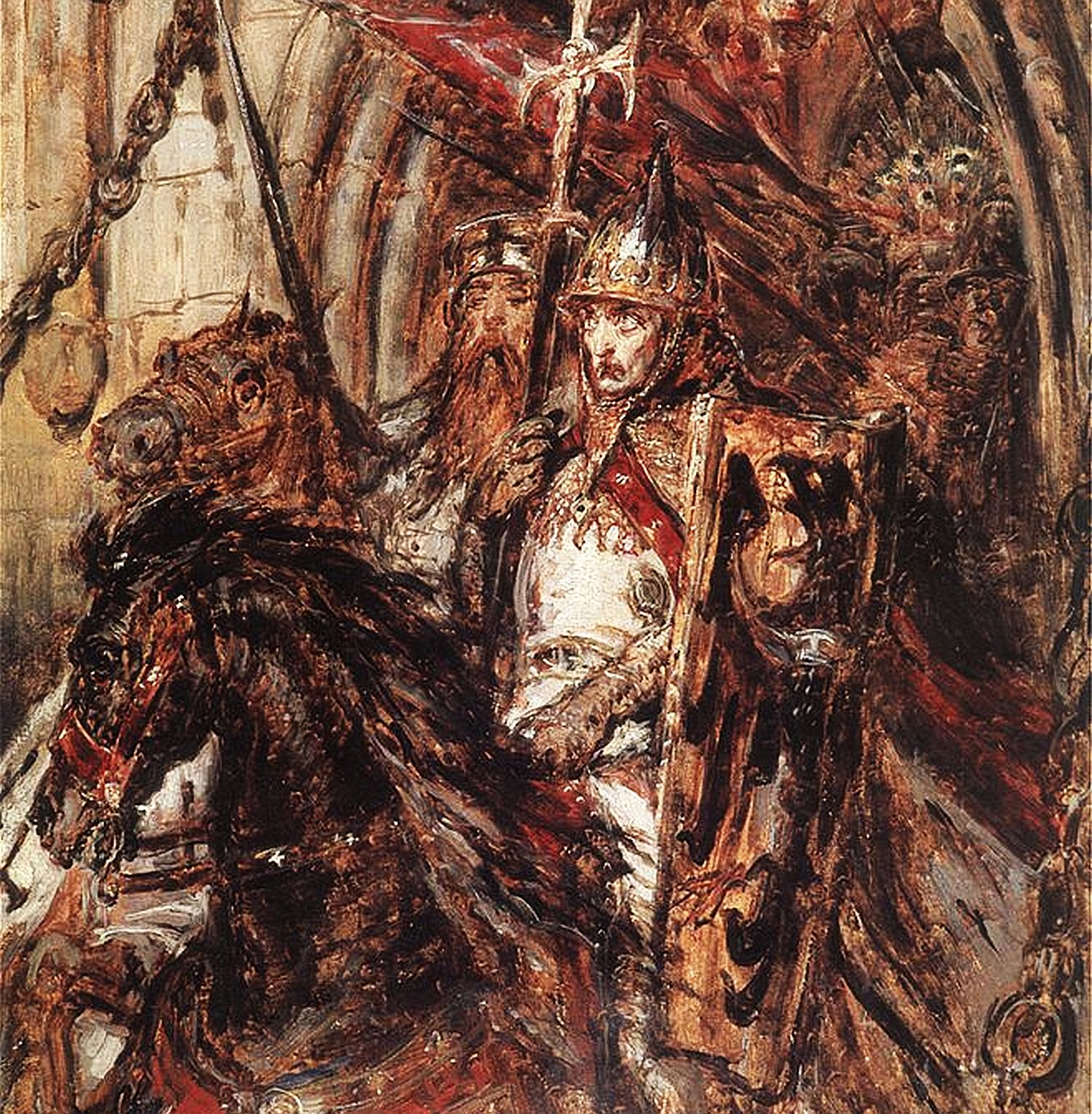|
Bran Castle
Bran Castle (; or ; ) is a castle in Bran, southwest of Brașov. The castle was built by Saxons in 1377 who were given the privilege by Louis I of Hungary. It is a national monument and landmark in Transylvania. The fortress is on the Transylvanian side of the historical border with Wallachia, on road DN73. Marketed outside Romania as Dracula's Castle, it is presented as the home of the title character in Bram Stoker's ''Dracula''. There is no evidence that Stoker knew anything about this castle, which has only tangential associations with Vlad the Impaler, voivode of Wallachia, whose byname 'Drăculea' resembles that of Dracula. Stoker's description of Dracula's crumbling fictional castle also bears no resemblance to Bran Castle. The castle is now a museum dedicated to displaying art and furniture collected by Queen Marie. Tourists can see the interior on their own or by a guided tour. At the bottom of the hill is a small open-air museum exhibiting traditional Romanian ... [...More Info...] [...Related Items...] OR: [Wikipedia] [Google] [Baidu] |
Dracula
''Dracula'' is an 1897 Gothic fiction, Gothic horror fiction, horror novel by Irish author Bram Stoker. The narrative is Epistolary novel, related through letters, diary entries, and newspaper articles. It has no single protagonist and opens with solicitor Jonathan Harker taking a business trip to stay at the castle of a Transylvanian nobleman, Count Dracula. Harker flees after learning that Dracula is a vampire, and the Count moves to England and plagues the seaside town of Whitby. A small group, led by Abraham Van Helsing, hunts and kills him. The novel was mostly written in the 1890s, and Stoker produced over a hundred pages of notes, drawing extensively from Folklore of Romania, folklore and History of Romania, history. Scholars have suggested various figures as the inspiration for Dracula, including the Wallachian prince Vlad the Impaler and the Countess Elizabeth Báthory, but recent scholarship suggests otherwise. He probably found the name Dracula in Whitby's public l ... [...More Info...] [...Related Items...] OR: [Wikipedia] [Google] [Baidu] |
Voivode
Voivode ( ), also spelled voivod, voievod or voevod and also known as vaivode ( ), voivoda, vojvoda, vaivada or wojewoda, is a title denoting a military leader or warlord in Central, Southeastern and Eastern Europe in use since the Early Middle Ages. It primarily referred to the medieval rulers of the Romanian-inhabited states and of governors and military commanders of Poles, Hungarian, Lithuanian, Balkan, Russian people and other Slavic-speaking populations. In the Polish-Lithuanian Commonwealth, ''voivode'' was interchangeably used with '' palatine''. In the Tsardom of Russia, a voivode was a military governor. Among the Danube principalities, ''voivode'' was considered a princely title. Etymology The term ''voivode'' comes from two roots. , means "war, fight," while , means "leading", thus in Old Slavic together meaning "war leader" or "warlord". The Latin translation is for the principal commander of a military force, serving as a deputy for the monarch. In ... [...More Info...] [...Related Items...] OR: [Wikipedia] [Google] [Baidu] |
Nobility In The Kingdom Of Hungary
The Kingdom of Hungary held a noble class of individuals, most of whom owned landed property, from the 11th century until the mid-20th century. Initially, a diverse body of people were described as noblemen, but from the late 12th century only high-ranking royal officials were regarded as noble. Most aristocrats claimed ancestry from chieftains of the period preceding the establishment of the kingdom around 1000; others were descended from western European knights who settled in Hungary. The lower-ranking castle warriors also held landed property and served in the royal army. From the 1170s, most privileged laymen called themselves royal servants to emphasize their direct connection to the monarchs. The Golden Bull of 1222 established their liberties, especially tax exemption and the limitation of military obligations. From the 1220s, royal servants were associated with the nobility and the highest-ranking officials were known as barons of the realm. Only those w ... [...More Info...] [...Related Items...] OR: [Wikipedia] [Google] [Baidu] |
Mircea I Of Wallachia
Mircea the Elder (, ; 1355 – 31 January 1418) was the Voivode of Wallachia from 1386 until his death in 1418. He was the son of Radu I of Wallachia and brother of Dan I of Wallachia, after whose death he inherited the throne. After the death of his step-brother Dan I, Mircea takes over the throne in 1386, as Wallachia, on one side, was going through a process of economic, administrative, religious development, but also of strengthening the army, and on the other side it was confronted with the expansion tendencies of the Hungarian Kingdom and Poland, which were aiming at controlling the mouths of the Danube, but also those of the Ottoman Empire in the Balkans. During the reign of Mircea the Elder, Wallachia controlled the largest area in its history, gaining Dobruja in 1388, the Banate of Severin in 1388/9 and Podunavia (which is suspected to be the Timok Valley, or the name of the Danube river valley in Slavonic as stated in Mircea's letter ''"both sides of Danube"''). ... [...More Info...] [...Related Items...] OR: [Wikipedia] [Google] [Baidu] |
Ottoman Empire
The Ottoman Empire (), also called the Turkish Empire, was an empire, imperial realm that controlled much of Southeast Europe, West Asia, and North Africa from the 14th to early 20th centuries; it also controlled parts of southeastern Central Europe, between the early 16th and early 18th centuries. The empire emerged from a Anatolian beyliks, ''beylik'', or principality, founded in northwestern Anatolia in by the Turkoman (ethnonym), Turkoman tribal leader Osman I. His successors Ottoman wars in Europe, conquered much of Anatolia and expanded into the Balkans by the mid-14th century, transforming their petty kingdom into a transcontinental empire. The Ottomans ended the Byzantine Empire with the Fall of Constantinople, conquest of Constantinople in 1453 by Mehmed II. With its capital at History of Istanbul#Ottoman Empire, Constantinople (modern-day Istanbul) and control over a significant portion of the Mediterranean Basin, the Ottoman Empire was at the centre of interacti ... [...More Info...] [...Related Items...] OR: [Wikipedia] [Google] [Baidu] |
Preceptor
A preceptor (from Latin, "''praecepto''") is a teacher responsible for upholding a ''precept'', meaning a certain law or tradition. Buddhist monastic orders Senior Buddhist monks can become the preceptors for newly ordained monks. In the Buddhist monastic code of discipline, the Buddha instructed that one of the criteria to conduct the "Higher Ordination" Ceremony (Upasampadā) is that the candidate will need to have a preceptor to provide guidance on monastic discipline, consisting of 227 precepts. During the ordination, the candidate will request one of the senior monks to be his preceptor. When the senior monk agreed to do so, he will be the preceptor of the candidate and guide him as long as he remains a bhikkhu in the Buddha's Dispensation (Buddha Sāsana). Christian military orders A preceptor was historically in charge of a preceptory, the headquarters of an order of monastic knights, such as the Knights Hospitaller or the Knights Templar, within a given geographical a ... [...More Info...] [...Related Items...] OR: [Wikipedia] [Google] [Baidu] |
Commander (order)
Commander (; ; ; ; ), or Knight Commander, is a title of honor prevalent in chivalric orders and fraternal orders. The title of Commander occurred in the medieval military order (society), military orders, such as the Knights Hospitaller, for a member senior to a Knight. Variations include Knight Commander, notably in English, sometimes used to denote an even higher rank than Commander. In some orders of chivalry, Commander ranks above (i.e. Officer (armed forces), Officer), but below one or more ranks with a prefix meaning 'Great', e.g. in French, in German, (using an equivalent suffix) in Spanish, in Italian, and in Dutch (, 'Grand Commander'), Grand Cross. France History The rank of in the French orders comes from the Middle Ages military order (monastic society), military orders, in which low-level administrative houses were called and were governed by . In the Modern Age, the French Kings created chivalric orders which mimicked the military order's ranks. * The Order ... [...More Info...] [...Related Items...] OR: [Wikipedia] [Google] [Baidu] |
Mongol Invasion Of Europe
From the 1220s to the 1240s, the Mongol Empire, Mongols conquered the Turkic peoples, Turkic states of Volga Bulgaria, Cumania and Iranian peoples, Iranian state of Alania, and various principalities in Eastern Europe. Following this, they began their invasion into Central Europe by launching a two-pronged invasion of History of Poland during the Piast dynasty, then-fragmented Poland, culminating in the Battle of Legnica (9 April 1241), and the Kingdom of Hungary (1000–1301), Kingdom of Hungary, culminating in the Battle of Mohi (11 April 1241). Invasions were also launched into the Caucasus against the Kingdom of Georgia, the Chechens, the Ingush people, Ingush, and Circassia though they Mongol invasion of Circassia, failed to fully subjugate the latter. More invasions were launched in Southeast Europe against Second Bulgarian Empire, Bulgaria, Croatia in personal union with Hungary, Croatia, and the Latin Empire. The operations were planned by General Subutai (1175–1248) and ... [...More Info...] [...Related Items...] OR: [Wikipedia] [Google] [Baidu] |
Mountain Pass
A mountain pass is a navigable route through a mountain range or over a ridge. Since mountain ranges can present formidable barriers to travel, passes have played a key role in trade, war, and both Human migration, human and animal migration throughout history. At lower elevations it may be called a hill pass. A mountain pass is typically formed between two volcanic peaks or created by erosion from water or wind. Overview Mountain passes make use of a gap (landform), gap, saddle (landform), saddle, col or notch (landform), notch. A topographic saddle is analogous to the mathematical concept of a saddle surface, with a saddle point marking the minimum high point between two valleys and the lowest point along a ridge. On a topographic map, passes can be identified by contour lines with an hourglass shape, which indicates a low spot between two higher points. In the high mountains, a difference of between the summit and the mountain is defined as a mountain pass. Passes are o ... [...More Info...] [...Related Items...] OR: [Wikipedia] [Google] [Baidu] |
Teutonic Order
The Teutonic Order is a religious order (Catholic), Catholic religious institution founded as a military order (religious society), military society in Acre, Israel, Acre, Kingdom of Jerusalem. The Order of Brothers of the German House of Saint Mary in Jerusalem was formed to aid Christians on their pilgrimages to the Holy Land and to establish hospitals. Its members have commonly been known as the Teutonic Knights, having historically served as a crusades, crusading military order for supporting Catholic rule in the Holy Land and the Northern Crusades during the Middle Ages, as well as supplying military protection for Catholics in Eastern Europe. Purely religious since 1810, the Teutonic Order still confers limited honorary knighthoods. The Bailiwick of Utrecht of the Teutonic Order, a Protestant order of chivalry, chivalric order, is descended from the same medieval military order and also continues to award knighthoods and perform charitable work. Name The name of the Or ... [...More Info...] [...Related Items...] OR: [Wikipedia] [Google] [Baidu] |
The Daily Telegraph
''The Daily Telegraph'', known online and elsewhere as ''The Telegraph'', is a British daily broadsheet conservative newspaper published in London by Telegraph Media Group and distributed in the United Kingdom and internationally. It was founded by Arthur B. Sleigh in 1855 as ''The Daily Telegraph and Courier''. ''The Telegraph'' is considered a newspaper of record in the UK. The paper's motto, "Was, is, and will be", was included in its emblem which was used for over a century starting in 1858. In 2013, ''The Daily Telegraph'' and ''The Sunday Telegraph'', which started in 1961, were merged, although the latter retains its own editor. It is politically conservative and supports the Conservative Party (UK), Conservative Party. It was moderately Liberalism, liberal politically before the late 1870s.Dictionary of Nineteenth Century Journalismp 159 ''The Telegraph'' has had a number of news scoops, including the outbreak of World War II by rookie reporter Clare Hollingworth, desc ... [...More Info...] [...Related Items...] OR: [Wikipedia] [Google] [Baidu] |







